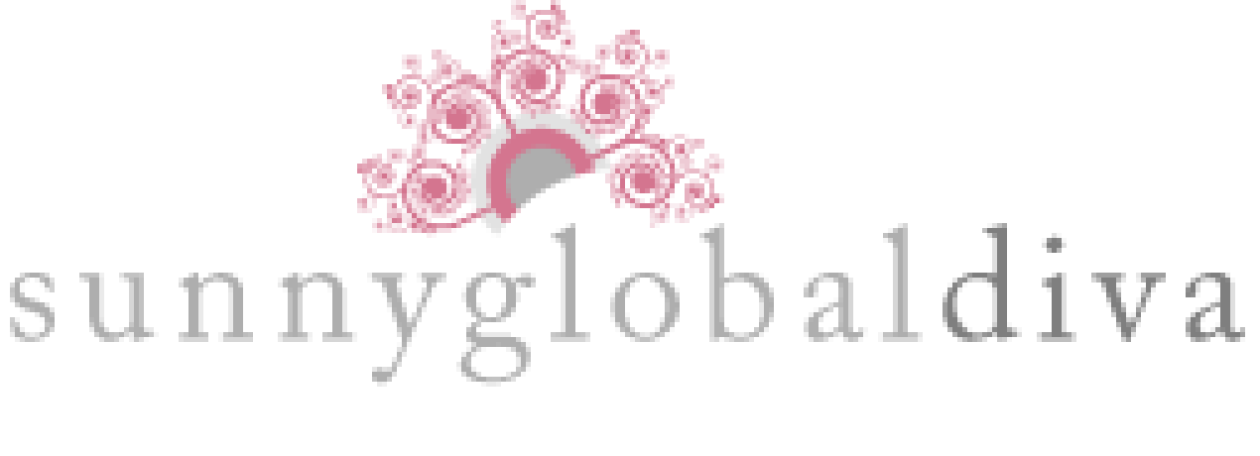The bittersweet sale
I remember coming home, walking through the front door one day, and being faced with the sight of my mother in our living room conversing animatedly with a very handsome man. I kissed my mother, then shook the gentleman’s hand, a polite smile and blush on my face, teenage girl that I was at the time. “Lise, il achète Volupté,” my mother explained (“Lise, he’s buying Volupté.”). I was thinking up different ways to admire the guest without him noticing, so I didn’t hear her. I gave her my full attention a moment later and she repeated herself with a smile: “Lise, il achète Volupté!” I must have shaken my head in confusion, because she gestured towards the wall, saying “Volupté. Volupté!” My gaze followed her hand and rested on the wall. I stopped smiling and snapped out of my daze. This man was here to buy Volupté–my favorite painting.
My mind was reeling; I distinctly remember feeling an uncomfortable warmth and a slight panic. Unfair though it may seem, the gentleman now seemed slick rather than handsome. A large beautiful painting by Haitian artist Jean Claude Legagneur, Volupté had hung in the living room for several years. My mother–a dealer of Haitian art– has been in the business of selling, lending, teaching about, presenting, and acquiring pieces such as these for a very long time. Volupté–which translates roughly as ‘exquisite pleasure’–was a part of my home. I hadn’t even known her by name; she was simply le tableau (‘the painting’). A beautiful portrait of a partially nude Haitian woman half-draped in rich shades of blue, dark bronze shoulders and breasts exposed, carrying calla lilies on her head, one of her hands at her sternum holding a little red flower– it was a canvas that I looked at for a few minutes most days. I was so young, but I appreciated and adored her all the years that she graced our wall. I was crushed that my mother was selling her, and–fiery Leo that I am–melodramatically saddened that I wasn’t consulted. As if it would have been my decision anyway…
I’ve thought about that painting many times, through the rest of my teenage years, during my adult years, entertaining slightly irrational/unfair thoughts every now and then, like “What if I save up enough money to offer ‘that man’ two or three times what he paid for it?” and “Why did ‘that man’ settle on that one painting?” To this day, when I still sometimes chide my mother for selling my beloved painting all those years ago, I still refer to him as ‘that man.’ I’ve worked alongside my mother for years, and know well the names and purchases of so many clients, but this guy? He’s still ‘that man.’
I felt a slight echo of that feeling recently. Last week, my mother told me, “J’ai vendu le André Pierre.” (I sold the André Pierre) I stopped breathing. I asked her who bought it; she smiled and replied, “Gail.” Then I smiled, instantly satisfied. The late André Pierre, farmer turned self-taught Vodou artist, was one of the most important primitive art painters in the realm of Haitian art. The lively painting, Voyage des esprits Guinin pour l’Afrique, was commissioned by my mother. She and my father told me the story: “We went to his house in Haiti. He has that bottle of clairin (Haiti’s moonshine). He’s had that same bottle for years, you know– he just keeps refilling it. When he likes a guest, he insists that they drink from it. We told him we’d like something having to do with the spirits traveling to Africa, we thought it was a meaningful idea and knew that that sort of image was his specialty.”
Voyage des esprits Guinin pour l’Afrique translates into “voyage of the Ginen spirits to Africa.” The word Ginen is a Vodou word derived from the Gulf of Guinea, the body of water near Benin; Ginen (also Gine, Guinen, Guinin) represents a mythical, idealized version of Dahomey (present-day Benin), the birthplace of a large number of Haitian slaves. In the painting, we see Haiti in its colonial days. The spirits have overseen and aided the freedom fight. Haiti now liberated, task completed, they leave the bodies of Haitian soldiers and make their way back to Ginen, walking along mythical waters to get there. A devoted practitioner of Vodou, Pierre’s painting is full of imagery and symbolism of that syncretic religion.
I got in touch with Gail to ask her what she liked about the painting and she replied that she thought it “a brilliant example of Andre Pierre’s work, the colors, the fine details, the movement of the piece, plus the subject matter..the spirits walking in [and] on the water…all very moving and lovely…” But first, she apologized for “depriving me of such a lovely and meaningful work!” Most thoughtfully, she assured me of its placement in a good home after admiring it for over five years. Gail being an avid fan of Haitian art who has bought many pieces over the years, the painting couldn’t be going to a better keeper.
Volupté was gone from my home from one day to the next; that hurt. Voyage des Esprits Guinin had hung in the shop; I loved it, but I expected to see it go at some point. For me, this is a happy parting.


Recent Comments